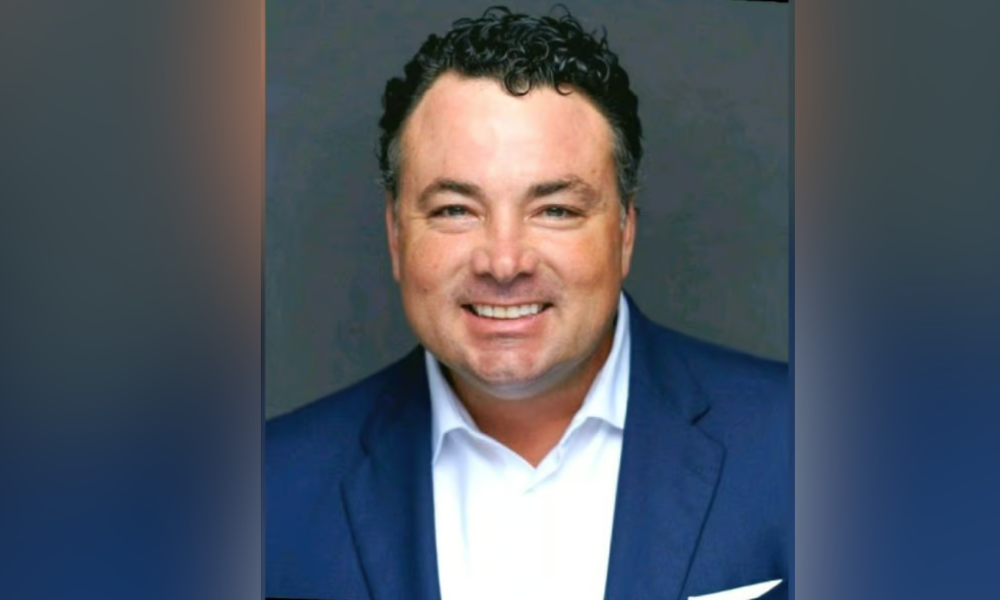Could further program culls push more borrowers towards the non-agency space?

Federal housing agencies have set about implementing policy changes in the opening months of the second Trump presidency aimed at narrowing access to government-backed mortgage programs, raising speculation about a possible surge toward the non-agency space if that pullback continues.
The Federal Housing Finance Agency (FHFA) issued a directive at the end of March terminating Special Purpose Credit Programs supported by Fannie Mae and Freddie Mac, initiatives aimed at assisting economically or socially disadvantaged groups in attaining homeownership by allowing lenders to offer certain credit flexibilities including special pricing for specific loans.
Meanwhile, the US Department of Housing and Urban Development (HUD) announced it was ending the eligibility of non-permanent residents to qualify for Federal Housing Administration (FHA) loans.
If the administration taps the brakes on other federal programs, it could have a big impact in guiding more borrowers towards non-traditional lending options, according to Deephaven’s chief sales officer Tom Davis (pictured top), who told Mortgage Professional America it had been a growing discussion point throughout the industry.
“I’m hearing from mortgage bankers and brokers across the United States that there’s this feeling that there’ll continue to be some programs looked at and maybe refined or eliminated,” he said.
“I think that’s going to continue and I think the private market, private capital securitization, is going to take a larger share. I think non-QM continues to grow.”
Could the non-QM arena handle that jump in origination? Davis believes so, highlighting strong liquidity levels in the non-agency space as appetite for those types of mortgage products grows.
Diversification in the space has included increased interest from both insurers and banks focusing on investment there because of growing clamor for alternative products.
Strengthening investment and interest in the sector is essential to meeting that continued demand, according to Davis. “I think it’s important that there’s liquidity there and to support that kind of change – if certain programs within the agencies or GSEs [government-sponsored enterprises] are eliminated, that there’s liquidity to support housing,” he said.
“I think you’re seeing it right across the board: whether it’s the appetite for non-QM, the appetite for second liens whether that’s full-doc, alternative-doc, or DSCR [debt service coverage ratio] second liens, there’s a lot of capital and interest in those programs.”
Non-QM space’s growth continues to gather pace
Increased borrower interest in the non-QM space if agency programs dwindle would mark a further step in the sector’s evolution since its inception, when it was predominantly viewed as a means of helping borrowers out of foreclosure and bankruptcy.
But the average borrower profile in non-QM has improved significantly since then, he said, and encompasses plenty of near-prime or prime clients. “They just don’t fit the agencies because the agencies have a tighter box and if you look at traditionalists, they think that the GSEs and agencies should focus on low-to-moderate [income] borrowers, first-time homebuyers and those types of borrowers, and they think that they shouldn’t focus on higher loan amounts, second homes, or investor properties.
“So I think on the non-agency side, performance is great. I think some of the changes will push [borrowers] to non-agency and I think the non-agency over the next three to five years has real legs to continue to grow. Originators are going to be forced to adopt these products.”
What else is on the housing chopping block?
Sweeping cuts to federal bodies haven’t spared housing agencies, with the FHFA and Department of Housing and Urban Development (HUD) both the subject of redundancies since Trump took office again in January.
We exceeded DOGE's expectations at U.S. Federal Housing (FHFA), with an over 25% reduction in the Agency’s active workforce. We're consolidating divisions to focus on building more homes and strengthening safety and soundness.
— Pulte (@pulte) April 8, 2025
FHFA head Bill Pulte said last week that over 25% of the agency’s active workforce had been culled, while documents obtained by The Associated Press in February revealed plans to cut half of federal workers at HUD included employees supporting rental subsidies, first-time homebuyers, disaster recovery and discrimination investigations.
Layoffs in the months ahead at HUD could reportedly see the department’s workforce slashed in up to 34 states.
Stay updated with the freshest mortgage news. Get exclusive interviews, breaking news, and industry events in your inbox, and always be the first to know by subscribing to our FREE daily newsletter.



